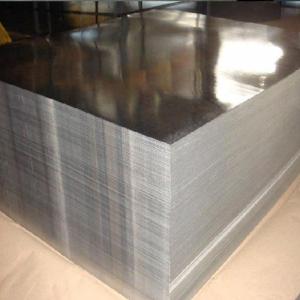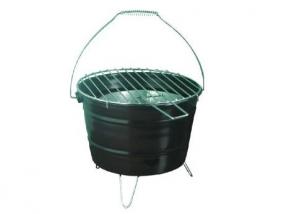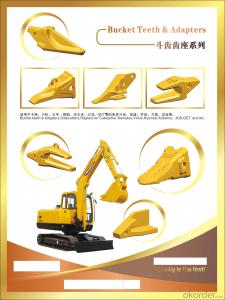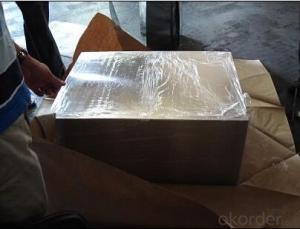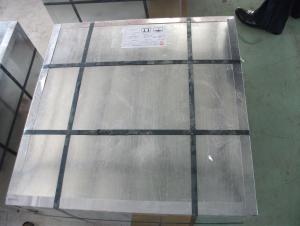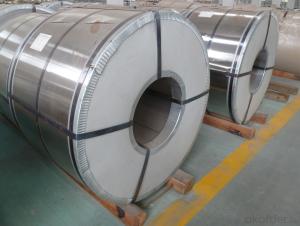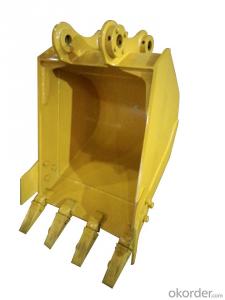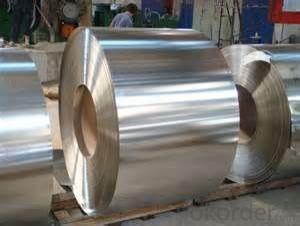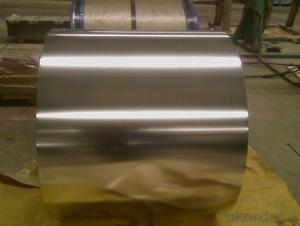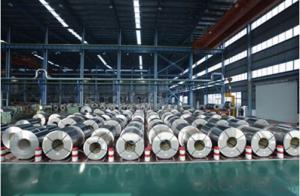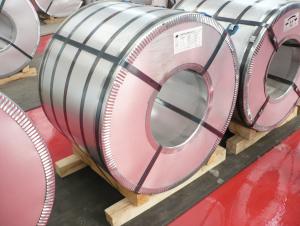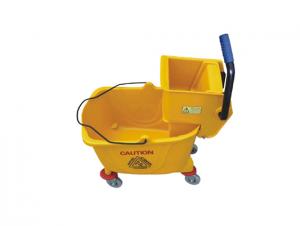Tinplate Bucket
Tinplate Bucket Related Searches
Printing Tinplate Sheet Tinplate Iron Packaging Tape Tinplate Material Tinplate Cover Standard Gauge Tinplate Tinplate Tea Set Mth Tinplate Set Circle Packaging Machinery Inc Tinplate Model TrainsHot Searches
Mth Tinplate For Sale Tinplate For Sale Tinplate China Tinplate Factory Tinplate Production Tinplate Products Western Depot Tinplate Tata Tinplate Tinplate China Tinplate Stock Price Tata Tinplate Price List Tinplate Price Trend Tinplate Nse Share Price Tinplate Price Chart Tinplate Share Price Nse Tata Tinplate Share Price Tinplate Share Price Today Tinplate Share Price Bse Tinplate Price Tinplate Share PriceTinplate Bucket Supplier & Manufacturer from China
Okorder.com is a professional Tinplate Bucket supplier & manufacturer, offers integrated one-stop services including real-time quoting and online cargo tracking. We are funded by CNBM Group, a Fortune 500 enterprise and the largest Tinplate Bucket firm in China.Hot Products
FAQ
- The common surface treatments for tinplate include electrolytic tinplating, chromium plating, and passivation.
- The common closure systems for tinplate containers include twist-off caps, screw caps, and press-on lids.
- There are several different types of tinplate surface treatments, including electrolytic tinplate (ETP), blackplate, tin-free steel (TFS), and lacquered tinplate.
- Yes, tinplate can be used for renewable energy applications. Tinplate, which is a thin sheet of steel coated with a layer of tin, offers several advantages that make it suitable for renewable energy applications. It is highly resistant to corrosion, which is crucial for components exposed to harsh environmental conditions. Tinplate also provides excellent electrical conductivity, making it suitable for various renewable energy technologies such as solar panels and wind turbines. Additionally, tinplate is recyclable, allowing for the sustainable use of materials in the renewable energy sector.
- Tinplate is coated with organic coatings through a process called electrolytic deposition. This involves immersing the tinplate in an electrolyte solution and passing an electric current through it. The organic coating materials, typically polymers or resins, are dissolved in the electrolyte solution and are attracted to the charged surface of the tinplate. As the electric current passes through, the organic coating materials are deposited onto the tinplate, forming a protective layer.
- Yes, tinplate can be reused. It is a durable material that can be recycled and repurposed for various applications after its initial use.
- Yes, tinplate can be used for confectionery packaging. Tinplate is a type of steel coated with a thin layer of tin, making it a durable and food-safe material. It provides excellent protection against moisture, light, and oxygen, which are important for maintaining the freshness and quality of confectionery products. Additionally, tinplate can be easily shaped and decorated, allowing for attractive and customized packaging designs.
- There are primarily three types of tin coatings used on tinplate: electrolytic tinplate (ETP), tin-free steel (TFS), and black plate. ETP is the most common and consists of a thin layer of pure tin electroplated onto the steel substrate, providing excellent corrosion resistance and food compatibility. TFS, on the other hand, is a steel substrate coated with a layer of chromium oxide or chromium oxide and polymer, offering comparable properties to ETP but without the use of tin. Lastly, black plate refers to uncoated steel that can be further processed or coated as per specific requirements.
















